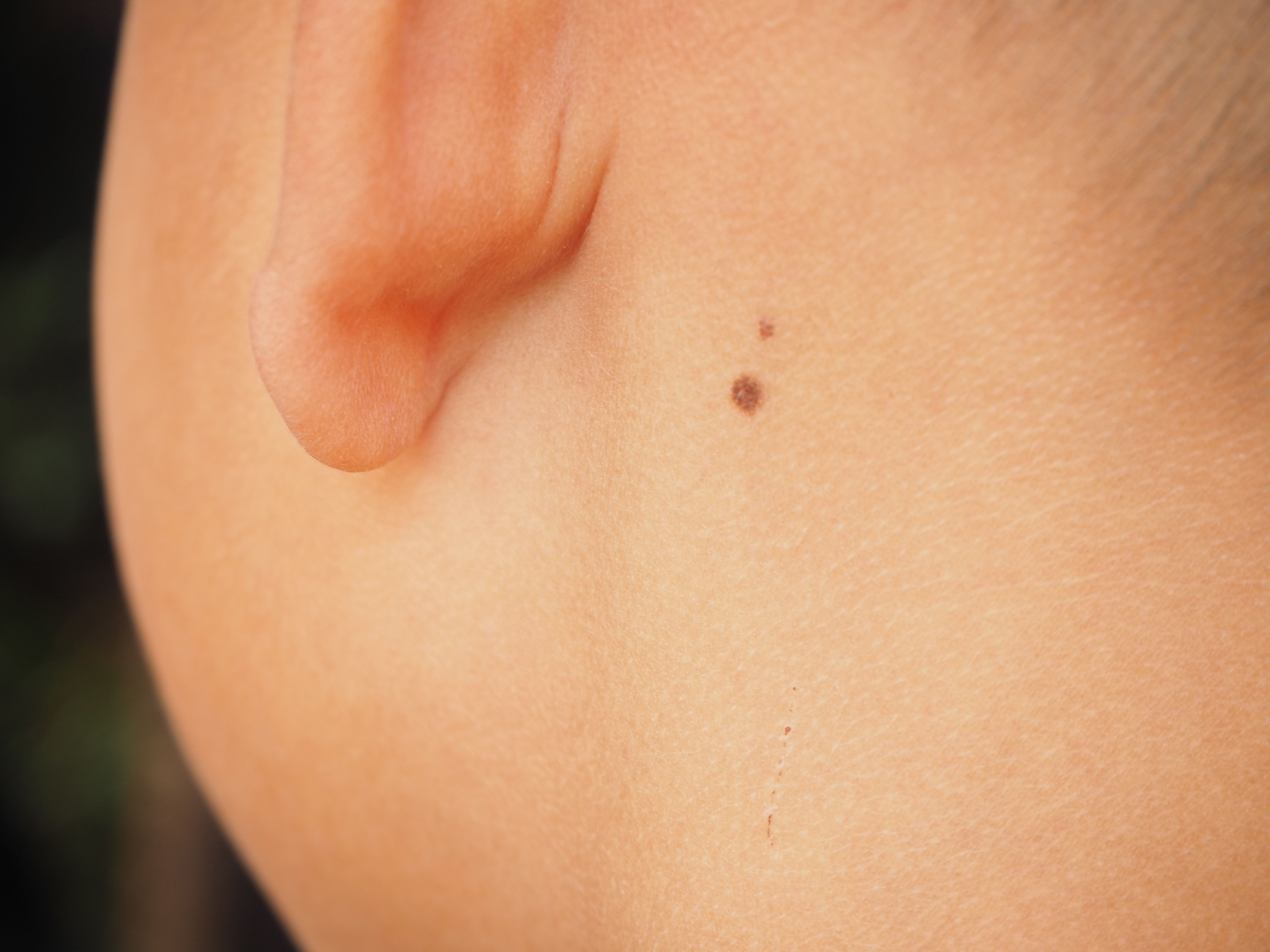According to a recent study1 published in the Journal of Cutaneous Medicine and Surgery, approximately 62.2% of parents whose children are born with congenital melanocytic nevi (CMN) experienced severe or very severe distress at the time of their child’s birth, mostly attributed to uncertainty about the diagnosis and treatment options available.
Investigators conducted a study of the psychological burden attributable to making treatment and surgical decisions for young children born with CMN, citing previous research demonstrating an improvement to the overall psychological burden and quality of life of parents following early surgical removal. Overall stress and burden may be compounded by the controversy and difficulty in decision-making surrounding surgical removal of CMN.
The retrospective study was conducted at a single study center in Germany, wherein all children under 1 year old whose CMN had been surgically treated at the center between January 1, 2020, and August 31, 2021, were included in the study. Prior to surgical treatment, parents were informed of non-surgical therapeutic options.
Key Takeaways
- A recent study found that 62.2% of parents of children with congenital melanocytic nevi (CMN) experienced severe distress at the time of their child's birth, mainly due to uncertainty about the diagnosis and treatment options.
- The study involved young children with CMN who underwent surgical treatment, and parents reported a reduction in distress after surgical intervention, with factors such as information, treatment progress, and support contributing to this reduction.
- The majority of parents initiated surgical intervention due to concerns about malignant degeneration and stigmatization, and a significant portion (84.5%) were satisfied with their decision to undergo early surgical intervention for their child's CMN.
Investigators collected relevant data, including the sex, age of patient at first surgical intervention, number of surgical interventions, peri- and post-operative complications, neonatal infant pain scale score, localization of CMN, and more. Children who were older than 1 year old at the time of surgical intervention, had other skin tumors except CMN, or who had undergone treatment under general anesthesia, were excluded from the study.
Parents (n=45) were interviewed via a telephone questionnaire related to the subjective burden, stigmatization, and treatment satisfaction of parents.
On average, patients were approximately 3.04 months old at the time of first surgical intervention with a median of 3 surgeries. The majority of nevi were located on the head, neck, or trunk, while additional nevi were documented on the lower or upper extremities. In the majority of patients (88.9%), no surgical complications were reported. Reported complications included wound infections, suture dehiscence, pain, and the development of a wound healing disorder.
At the time of their child’s birth, 62.2% of parents reported experiencing severe or very severe distress caused by the diagnosis of CMN, while 28.9% reported moderate distress, and 8.9% reported little distress.
Following surgical treatment, 11.1% of parents felt not at all burdened by their child’s history of CMN, while 62.2% felt little burdened. As a result of surgical intervention, parents who had indicated feelings of strong distress at their child’s initial diagnosis experienced a strong reduction in distress.
Factors most commonly leading to a reduction in distress included receiving information about their child’s diagnosis and treatment options, as well as treatment progress. Other, less common factors reducing parental distress included receiving support from family and loved ones, involvement in a self-help group, becoming more accustomed to the CMN diagnosis, and individual research regarding CMN.
The majority of parents (73.3%) reported making the decision to initiate surgical intervention as a result of a combination of concern about malignant degeneration and stigmatization, with 11.1% of parents describing stigmatization as their sole motivation for initiating surgical intervention. As a result of treatment, 84.5% of parents described feeling satisfied or very satisfied with their decision to start early surgical intervention for their child’s CMN.
Potential study limitations included a lack of comparison of treatment methods, comparison and correlation of nevus size, and a lack of further follow-up.
“Information about the diagnosis and classification of possible complications forms the basis for parents’ decision for or against surgical therapy and should therefore be provided early, in detail, and empathetically,” wrote study authors Schwenk et al. “The diagnosis usually comes as a complete surprise to parents at birth and represents a high level of distress. This burden can be reduced by education about the low risk of malignant degeneration of congenital nevi as well as by early initiation of surgical therapy.”
Reference
- Schwenk L, Graf J, Kofler K, Häfner H-M, Kofler L. Surgical therapy of congenital nevi in the first year of life—psychological impact on parents. J Cutan Med Surg. 2023;0(0). doi:10.1177/12034754231199750

















